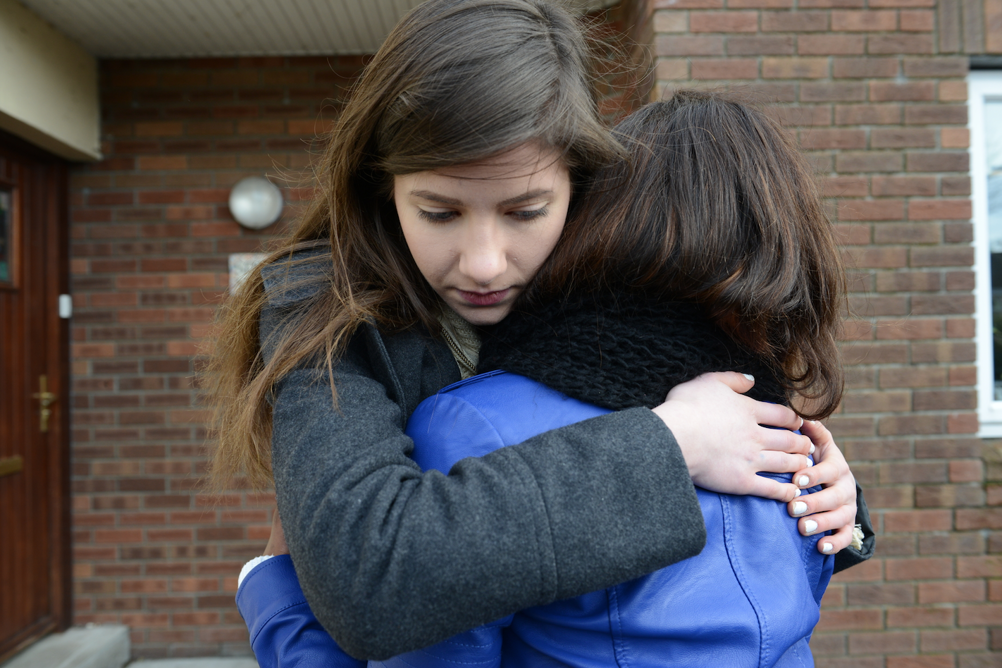
The Big Lottery Fund's five-year HeadStart programme, which launched last year, is designed to help improve the mental health resilience of 10- to 16-year-olds in schools across six council areas.
The first piece of research from the programme, involving a survey of more than 30,000 pupils aged between 11 and 14 at participating HeadStart schools, found that 25 per cent of girls said they had experienced emotional problems, compared with 11 per cent of boys.
Boys were found to be more likely to have experienced behavioural problems, with this being cited as an issue by 23 per cent of boys compared with 15 per cent of girls.
In total around one in five (18.4 per cent) children said they had experienced emotional problems, with a similar proportion (18.8 per cent) saying they had behavioral problems.
In addition, those in year 9 (13- and 14-year-olds) are more likely to report problems than those in year 7 (11- and 12-year-olds).
The survey also found that young people with special educational needs, who are eligible for free school meals and classified as "children in need", are more likely to report experiencing both emotional and behavioural problems.
"The most powerful findings from this research are that mental health problems amongst children and young people now appear to be at a worrying rate and that there is a strong and consistent association between deprivation and mental health problems," said Dr Jess Deighton, deputy director of the Evidence Based Practice Unit, which carried out the research.
Emma Ackerman, head of funding for HeadStart at the Big Lottery Fund, added: "By 14 a significant number of young people report depressive symptoms, and the results released today show just how important it is to take action early."
All schools involved are in areas of social and economic disadvantage and have a higher proportion than the national average of pupils with special educational needs.
Register Now to Continue Reading
Thank you for visiting Children & Young People Now and making use of our archive of more than 60,000 expert features, topics hubs, case studies and policy updates. Why not register today and enjoy the following great benefits:
What's Included
-
Free access to 4 subscriber-only articles per month
-
Email newsletter providing advice and guidance across the sector
Already have an account? Sign in here

